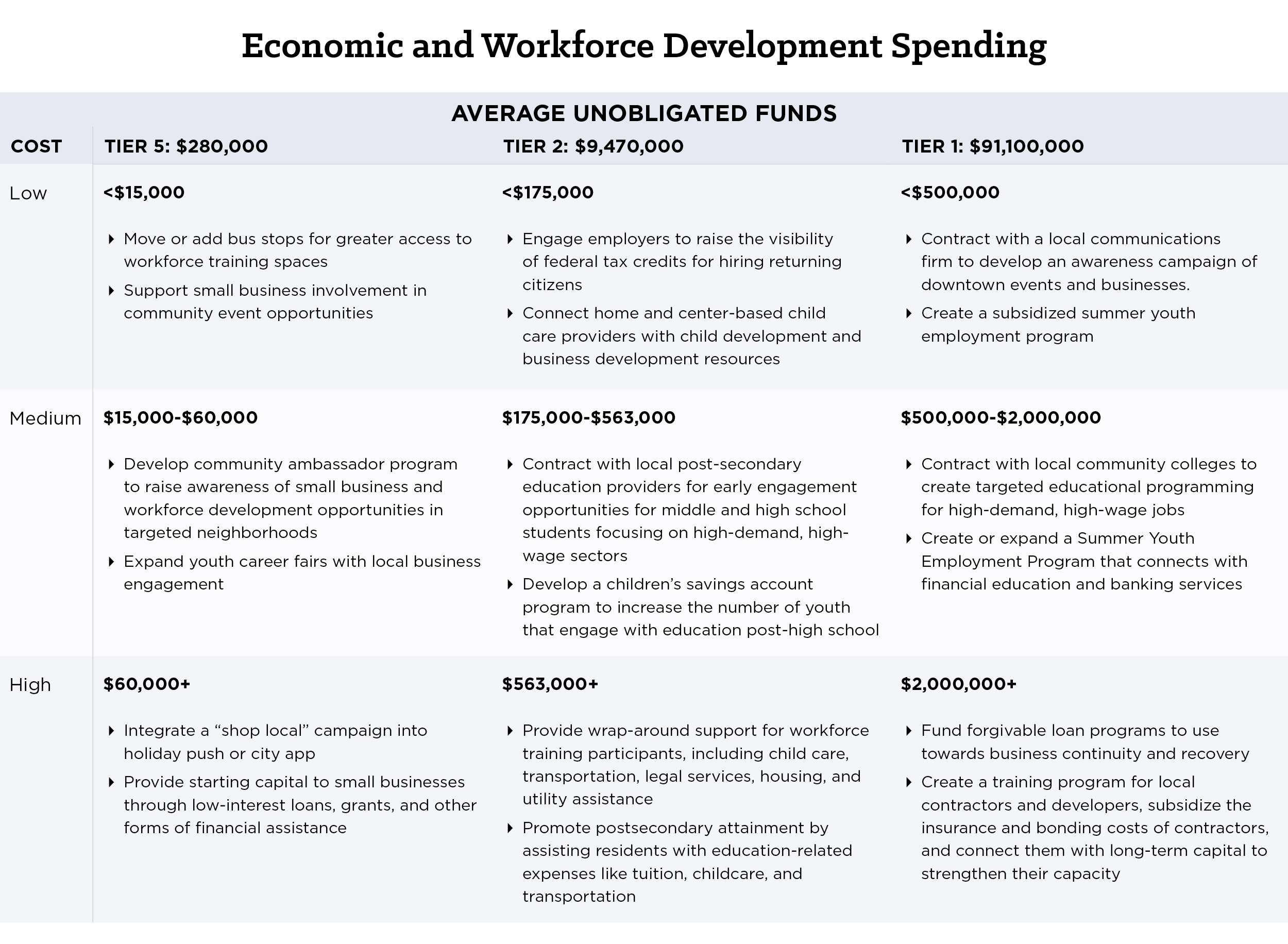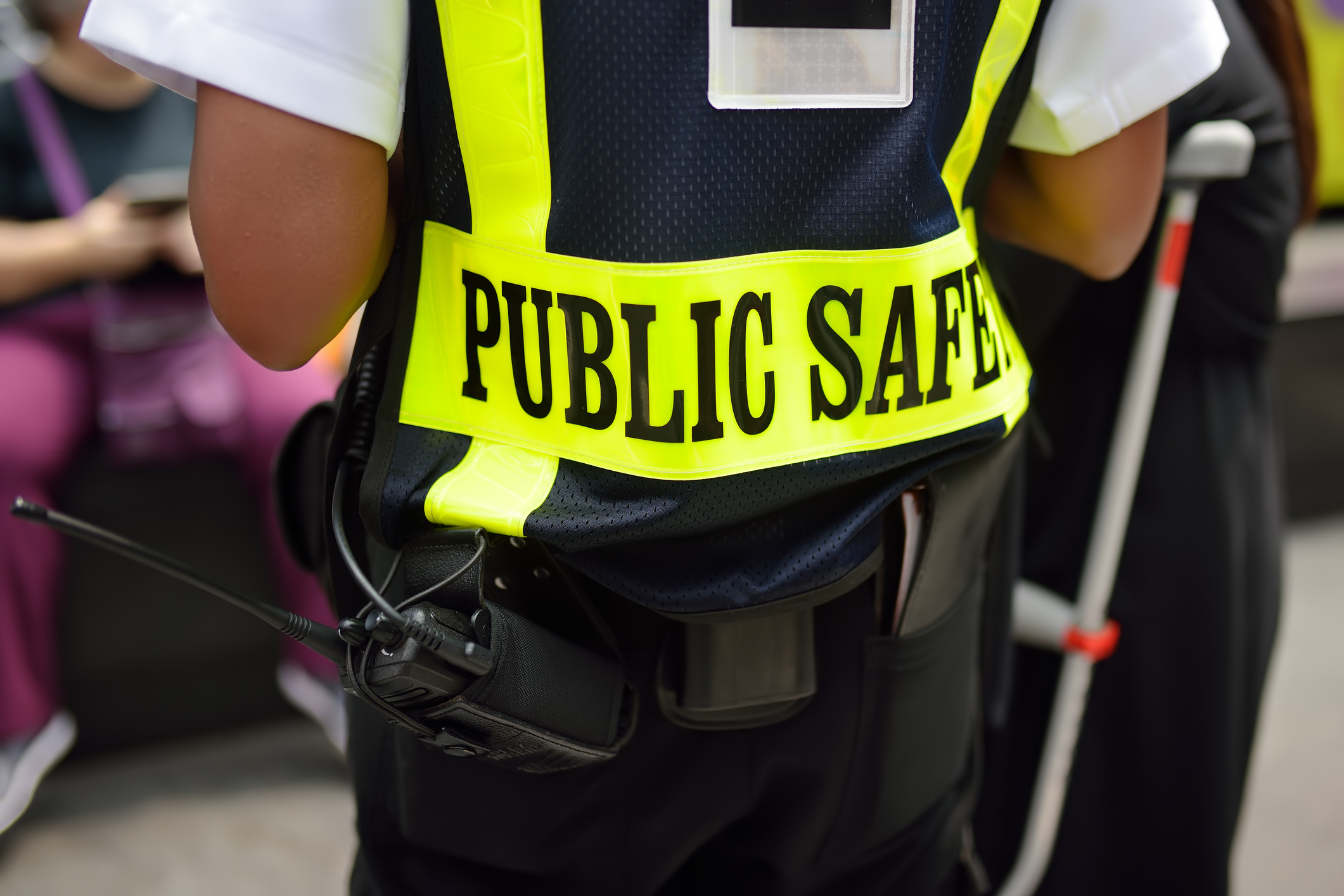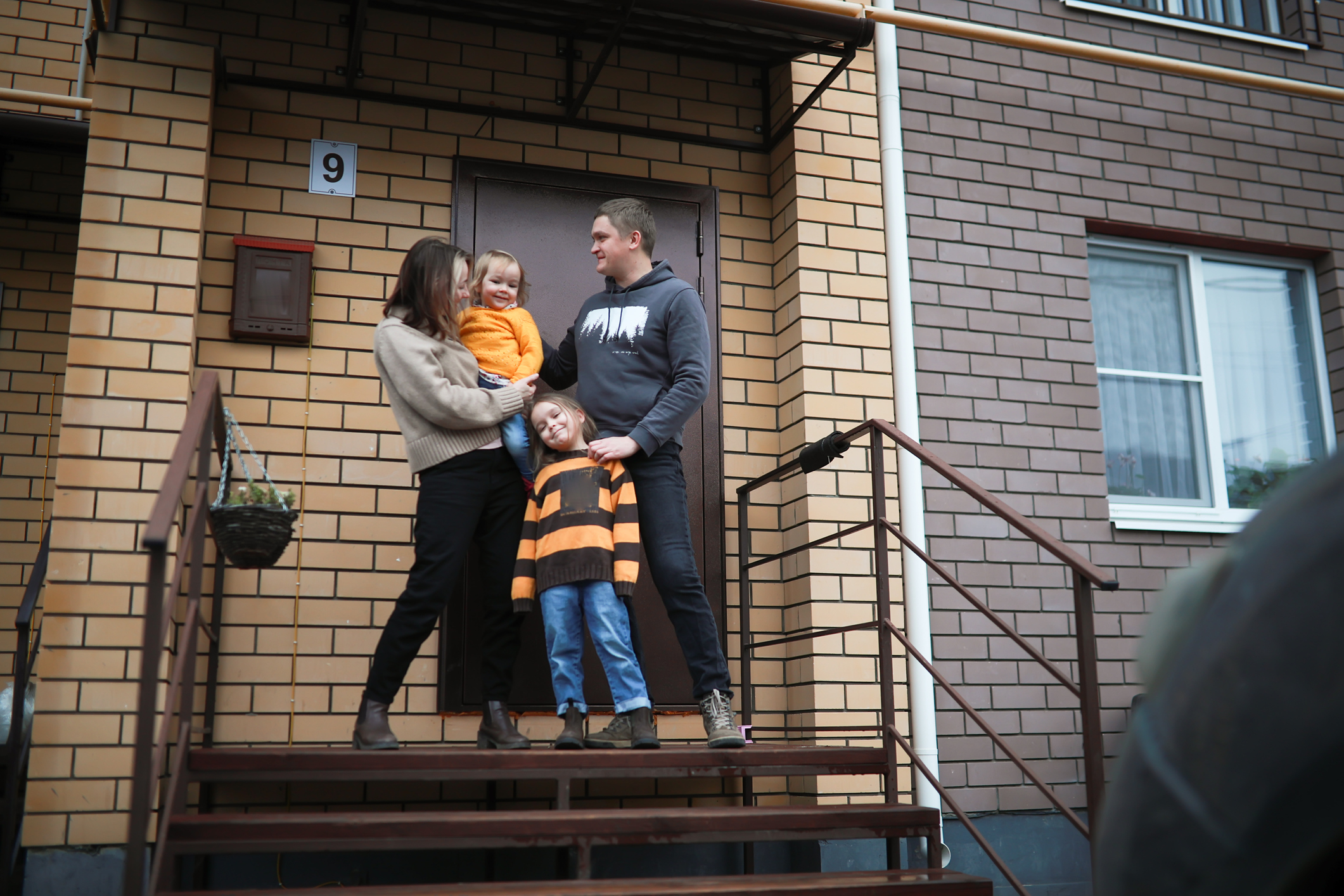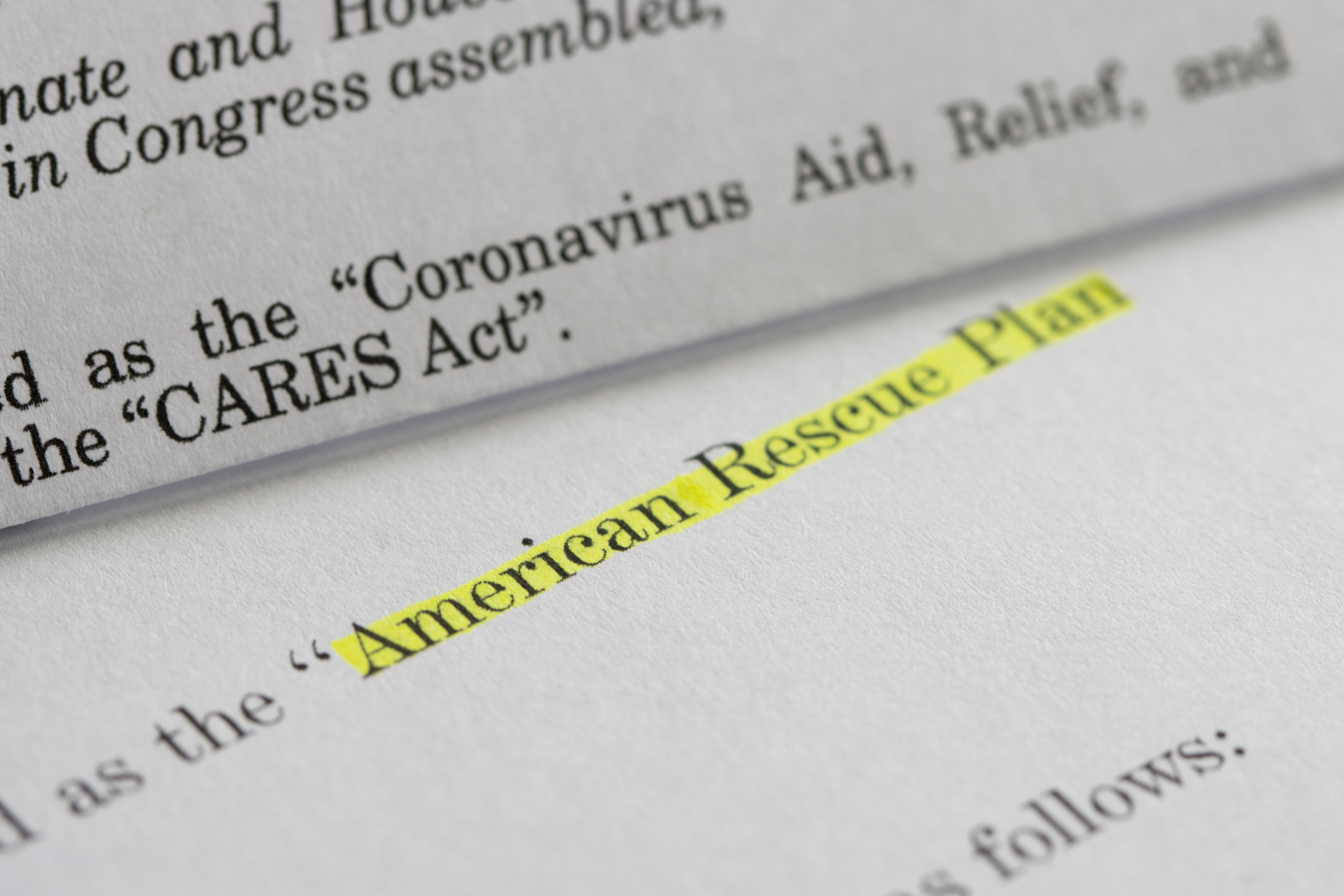The State and Local Fiscal Recovery Funds (SLFRF), made possible through the American Rescue Plan Act (ARPA), allowed local governments to maintain operations and deliver critical services during the pandemic. These funds supported essential staff, including first responders and emergency personnel, ensuring the continued delivery of municipal services. Importantly, localities utilized these funds to aid in the recovery of the overall community, allowing workers to stay safe and employed, keeping businesses open and directing resources toward vital sectors such as home and center-based childcare.
By making new investments in training and skill development, as well as supporting the sustained growth of small businesses, local leaders have utilized ARPA funding to assist communities and individuals adversely impacted by the pandemic through programs that elicit long-lasting change. Through authentic community engagement and collective know-how, local leaders have spent and obligated ARPA funding and positioned more residents on a path of upward economic mobility and global economic competitiveness.
As cities, towns and villages transitioned from crisis response to recovery, local leaders – at the direction of their residents – began looking at ways to reimagine public space and business districts, address who is disproportionately employed in certain occupations, and launch innovative programs intended to address structural inequities. In this work, municipalities are intentionally thinking about specific populations, such as students, returning citizens and small business owners, to respond to their unique needs and build the systems necessary to bolster future economic success.
As of September 2023, Tier 1 municipalities reportedly allocated funds to the following work, and in the matrix, we provide examples of ways local governments can continue to obligate remaining SLFRF dollars.
- 38% to Small Business Support
- 26% to Workforce Development (not public sector)
- 15% to Tourism and Hospitality
- 9% to Neighborhood/Downtown Revitalization
- 6% to Youth Workforce Development
- 4% to Economic Development
- 2% to Other Economic and Workforce Development
Spending Opportunities
The following Spending Category Matrix presents multiple examples for different categories of spending (low, medium, and high cost) that can be utilized by governments of various tiers in obligating their remaining funds. The Economic and Workforce Development spending category was developed in partnership with NLC, Brookings Metro, and the National Association of Counties for the Local Government ARPA Investment Tracker. This resource is another tool for local leaders to find thousands of project ideas across tiers. This blog highlights spending ideas for how to meet the 2024 obligations deadline; however, be sure to review Treasury’s Final Rule for compliance and reporting guidance.

Local Spotlights
- The City of Roanoke, VA, used $3 million from their ARPA funds to support their local workforce board to provide customized training and wrap-around supportive services from transportation, childcare, food assistance, utility/mortgage assistance, and more.
- The City of Troy, NY allocated $1 million for an education fund that will assist Troy residents in seeking educational opportunities in partnership with Hudson Valley Community College. The fund will assist residents with living expenses while going to school full time, certification costs, childcare costs, books and transportation based on need in addition to any tuition costs that aren’t covered through scholarship opportunities.
- The City of Portland, OR, contracted with a local communications firm for $250,000 that helped to promote central city events, activities, and general awareness of retailers, restaurants, and clubs located in the area.
- The City of Kansas City, MO, invested $500,000 of ARPA funds to unveil The Kansas City Small Business (SMB) Capital Programs, an innovative initiative aimed at providing essential starting capital, training, and technical assistance for small businesses.
Growing the Engine of Opportunity Beyond ARPA
Cities, towns, and villages can use the remaining ARPA funds to support long-term economic growth by leveraging the great work of their local peers in economic and workforce development. Investments in local workers and businesses will drive continued economic stability. By connecting and sharing best practices with their county, local institutions of higher education, and K-12 systems – local leaders can work to align and multiply the impact of their investments. As communities look to expand the programs, partnerships and services initiated through ARPA, local leaders can build or strengthen partnerships to apply and access additional state and federal funding for local or regional projects, including:
- Workforce Innovation and Opportunity Act (WIOA)
- Carl D. Perkins Career and Technical Education Act
- SNAP Employment and Training
- Bipartisan Infrastructure Law
Local leaders can also consider how modifications to their own hiring practices, procurement procedures, community benefit agreements, local tax adjustments, or bond financing can support workforce development opportunities and services to small businesses in their community. Through these collective efforts and funding sources, localities could further address the negative economic impact of the COVID-19 pandemic and position their residents and jurisdictions for sustainable economic growth.
Glossary
American Rescue Plan Act (ARPA) is the $1.9 trillion economic stimulus and pandemic recovery legislation signed into law by President Joe Biden on March 11, 2021. This blog and its series focus on the Coronavirus State and Local Fiscal Recovery Funds (SLFRF) program; therefore, authors may use “ARPA” and “SLFRF” interchangeably.
Coronavirus State and Local Fiscal Recovery Funds (SLFRF) is the $350 billion program authorized by ARPA that provides economic stimulus and pandemic recovery funding to U.S. states, territories, cities, counties, and tribal governments.
Allocations are the total funds distributed to state and local governments through SLFRF.
Adopted Budget are dollars distributed to local governments through SLFRF that have been budgeted or committed to specific initiatives or programs.
Spent means the grantee has issued checks, disbursed cash, or made electronic transfers to liquidate (or settle) an obligation.
Obligations are dollars distributed to state and local governments through SLFRF that have been legally dedicated to specific uses, frequently (but not exclusively) through contractual agreements. The Treasury’s recent guidance defines obligations as “orders placed for property and services and entry into contracts, subawards, and similar transactions that require payment.” The Final Rule requires recipient local governments to obligate 100 percent of their SLFRF allocations by December 2024.
Tier 1 local governments are metropolitan cities and counties with populations greater than 250,000. These jurisdictions include states, U.S. territories, and counties but NLC’s focus for this series is on cities. These governments are required to report quarterly, and the last reporting date captured in our data is from September 30, 2023.
Tier 2 local governments are metropolitan cities with a population below 250,000 residents that are allocated more than $10 million in SLFRF funding, and NEUs that are allocated more than $10 million in SLFRF funding. These jurisdictions include counties but NLC’s focus for this series is on cities. These governments are required to report quarterly, and the last reporting date captured in our data is from September 30, 2023.
Tier 5 local governments are metropolitan cities with a population below 250,000 residents that are allocated less than $10 million in SLFRF funding, and NEUs that are allocated less than $10 million in SLFRF funding. These jurisdictions include counties but NLC’s focus for this series is on cities. These governments are required to report yearly, and the last reporting date captured in our data is from April 31, 2023.
Non-entitlement units (NEUs) are local governments that typically serve 50,000 residents or less. Of the $65.1 billion allocated to municipal governments across the country, SLFRF allocated $19.5 billion, or 30 percent, to NEUs. Comparatively, SLFRF allocated $45.6 billion, or 70 percent, to metropolitan cities. Depending on if an NEU is a Tier 2 or Tier 5 recipient, they may have different reporting requirements.
Acknowledgements: Thank you to Christy Baker-Smith, Julia Bauer, Irma Esparza Diggs, Josh Franzel, Patrick Rochford, Archana Sridhar, and Melissa Williams for their support and review of this blog.








